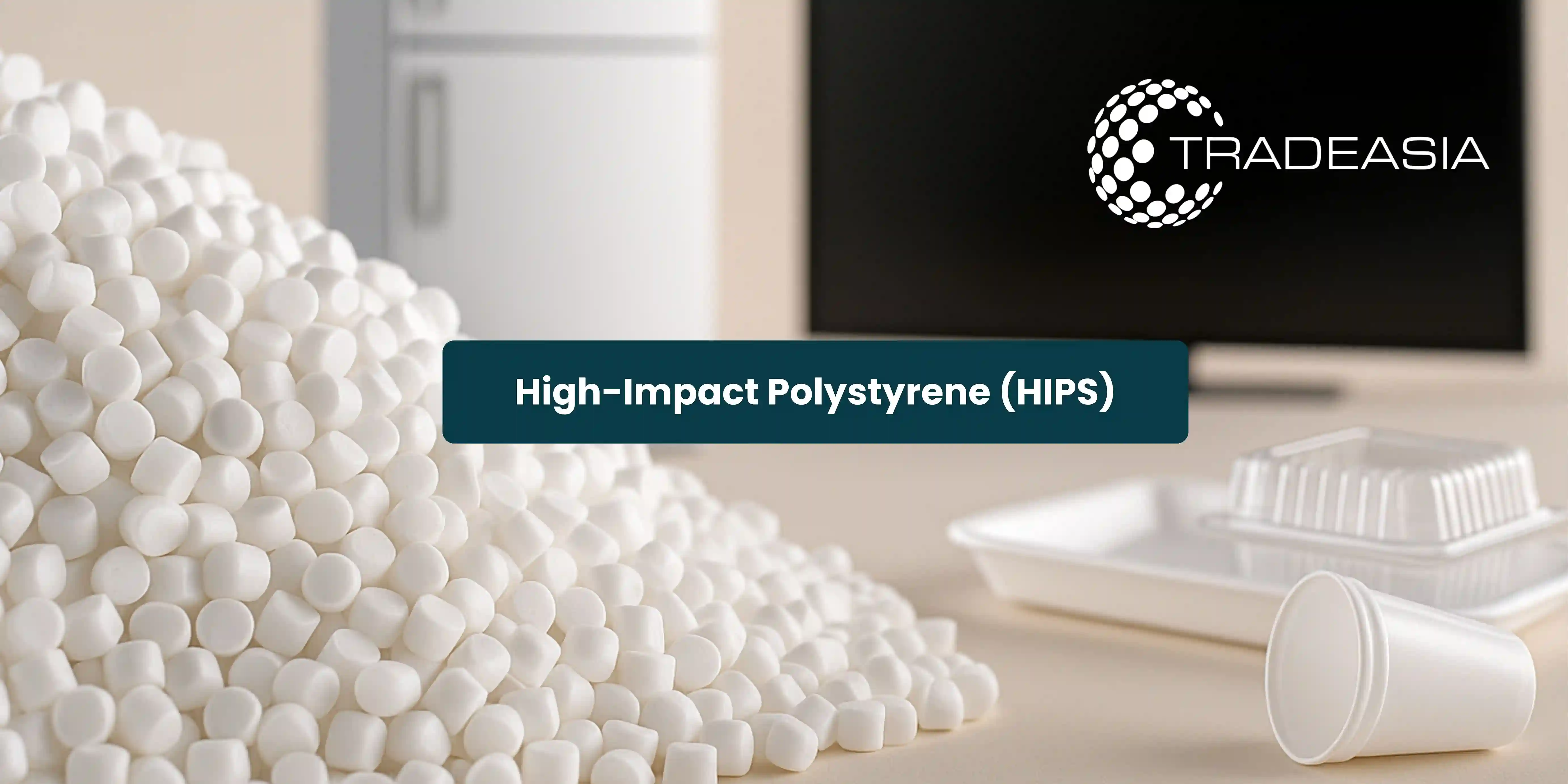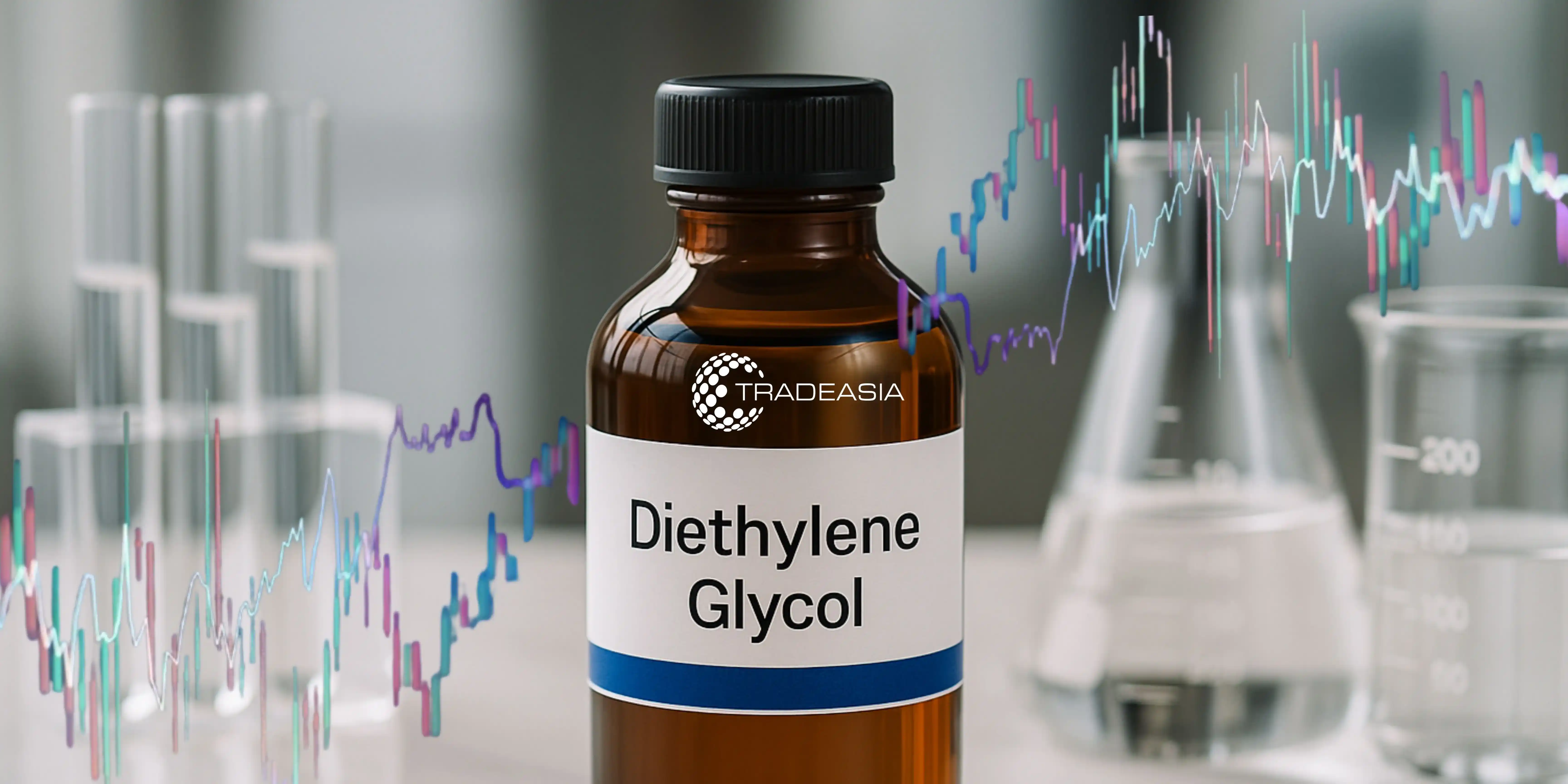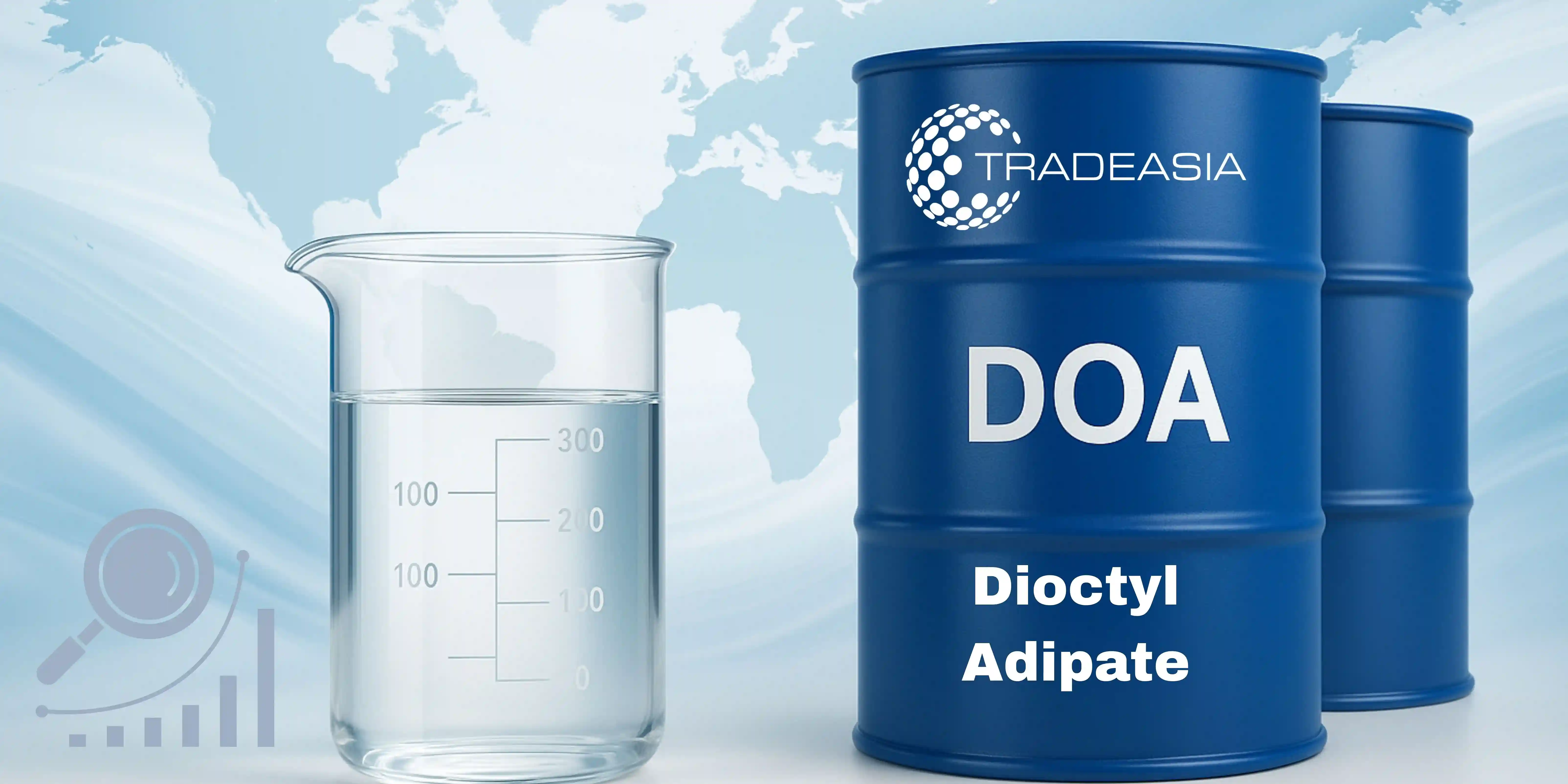Diethylene Glycol (DEG) is a colorless, hygroscopic liquid with a slightly sweet taste and a wide range of industrial applications. As a chemical intermediate, it is primarily used in the production of polyester resins, polyurethanes, and plasticizers. Its high boiling point, low volatility, and solvent properties make it valuable in various industries, including textiles, automotive, and coatings.
From 2025 to 2030, the global DEG market is projected to witness moderate but steady growth, driven by rising demand in emerging economies and technological advancements in production processes. However, the market also faces challenges related to environmental concerns, fluctuating raw material prices, and regulatory constraints.
Understanding the market outlook for DEG requires a comprehensive analysis of its demand dynamics, pricing trends, application sectors, and potential disruptions. This article explores the opportunities and challenges that will shape the DEG industry over the next five years.
Global Market Overview (2025–2030)
The global DEG market is expected to expand at a CAGR of around 4–5% between 2025 and 2030, supported by increasing consumption in polyester resin manufacturing and antifreeze formulations. Growth in the textile, automotive, and packaging sectors will further contribute to market expansion.
Asia-Pacific remains the largest consumer region, accounting for over 50% of global demand, thanks to strong industrial production in China, India, and Southeast Asia. North America and Europe continue to hold significant shares due to established manufacturing bases and technological innovation in specialty chemicals.
While the outlook is positive, market volatility is anticipated due to geopolitical tensions, trade regulations, and raw material cost fluctuations. Producers are expected to focus on strategic partnerships, capacity expansions, and innovation in sustainable production methods to remain competitive.
Key Applications of Diethylene Glycol
DEG is a versatile chemical with applications across multiple industries. The largest application segment is polyester resins, which are widely used in packaging materials, textiles, and industrial coatings. In this sector, DEG acts as a raw material that enhances flexibility and durability in final products.
Another major use of DEG is in the production of unsaturated polyester resins (UPR) for fiberglass-reinforced plastics, which are commonly used in automotive parts, marine applications, and construction materials. This demand is expected to grow with infrastructure development and electric vehicle (EV) manufacturing.
Additionally, DEG serves as a component in antifreeze and coolants, brake fluids, and lubricants in the automotive sector. It is also used as a solvent in printing inks, adhesives, and dyes, providing manufacturers with a wide scope of industrial applications.
Market Drivers and Growth Opportunities
The rapid expansion of the packaging and textile industries is one of the main drivers for DEG demand. Increased consumption of PET bottles, polyester fibers, and plastic films in both developed and emerging economies has significantly boosted DEG usage.
Urbanization and industrialization in Asia-Pacific countries are creating opportunities for large-scale DEG production and export. Growing automotive production, particularly EVs, also stimulates demand for DEG-based coolants and lubricants.
Moreover, technological advancements in bio-based DEG production and energy-efficient manufacturing processes present opportunities for market players to align with sustainability goals and regulatory requirements.
Pricing Trends and Forecast
The price of DEG is closely tied to the cost of ethylene oxide, its primary feedstock, which is derived from crude oil and natural gas. Volatility in crude oil prices can therefore have a direct impact on DEG pricing trends.
Between 2025 and 2027, prices are expected to remain relatively stable, supported by balanced supply-demand conditions. However, any geopolitical instability affecting oil supply could trigger short-term price spikes.
Manufacturers are increasingly adopting long-term supply agreements to mitigate price risks and secure stable feedstock availability. This approach is particularly relevant in high-demand regions where competition for raw materials is intense.
Regional Market Insights
Asia-Pacific remains the dominant market for DEG, with China, India, and South Korea as key production hubs. Abundant raw material availability, low labor costs, and growing downstream industries give the region a competitive edge.
North America benefits from advanced manufacturing technologies and established supply chains, particularly for the automotive and construction industries. The U.S. and Canada are expected to maintain steady demand growth.
Europe, with its stringent environmental regulations, is pushing manufacturers toward greener production methods. The region’s emphasis on sustainability is leading to increased R&D investment in eco-friendly DEG alternatives.
Challenges and Risks in the DEG Market
One of the primary challenges for the DEG industry is environmental regulation. Improper use or contamination of DEG, particularly in food or pharmaceutical applications, can lead to safety concerns and strict regulatory actions.
Market players also face risks from fluctuating raw material costs, which can compress profit margins. Additionally, competition from alternative chemicals in certain applications may limit DEG market penetration in some segments.
To address these risks, manufacturers are investing in quality control systems, product differentiation strategies, and expansion into niche applications with high-value potential.
Technological Innovations and Sustainability Efforts
Advances in catalytic processes and energy-efficient production techniques are enabling more sustainable DEG manufacturing. The integration of renewable feedstocks, such as bio-ethylene oxide, is gaining traction in line with global decarbonization efforts.
Companies are also exploring recycling technologies to recover DEG from end-of-life products, reducing waste and lowering overall carbon footprints. Such initiatives are especially relevant in regions with strict waste management regulations.
These innovations not only improve environmental performance but also open new marketing opportunities for companies offering low-carbon or eco-certified DEG products.
Investment and Trade Opportunities
The growing demand for DEG in developing markets offers attractive investment opportunities. Joint ventures between local and global players can help address capacity gaps and reduce supply chain vulnerabilities.
Export-oriented strategies, particularly targeting Africa and Latin America, can further expand market reach for producers in Asia-Pacific and the Middle East.
In addition, the shift toward green manufacturing and circular economy principles offers scope for investment in advanced R&D facilities, fostering innovation and differentiation in a competitive market.
Conclusion
The global Diethylene Glycol market is set to experience steady growth from 2025 to 2030, driven by its diverse applications in polyester resins, antifreeze, and industrial chemicals. While opportunities abound in emerging markets and sustainable production, challenges such as raw material price volatility and regulatory constraints remain significant.
To succeed in this evolving landscape, industry players must focus on innovation, strategic partnerships, and sustainable practices. The companies that adapt quickly to market changes and invest in eco-friendly technologies will be best positioned to capture long-term growth and profitability. For tailored solutions and reliable sourcing of Diethylene Glycol to support your industrial and sustainable production needs, connect with our team today.



Leave a Comment